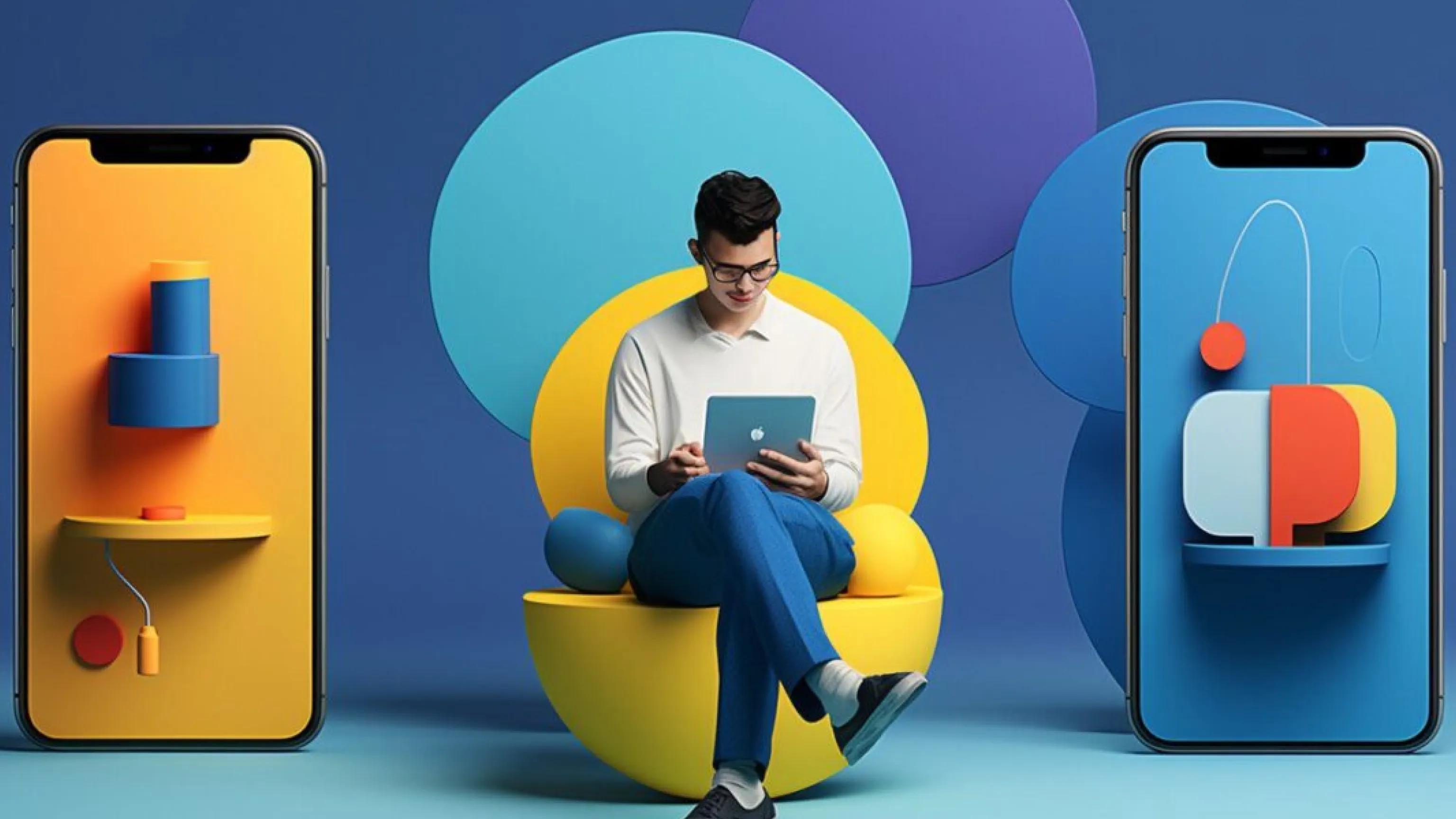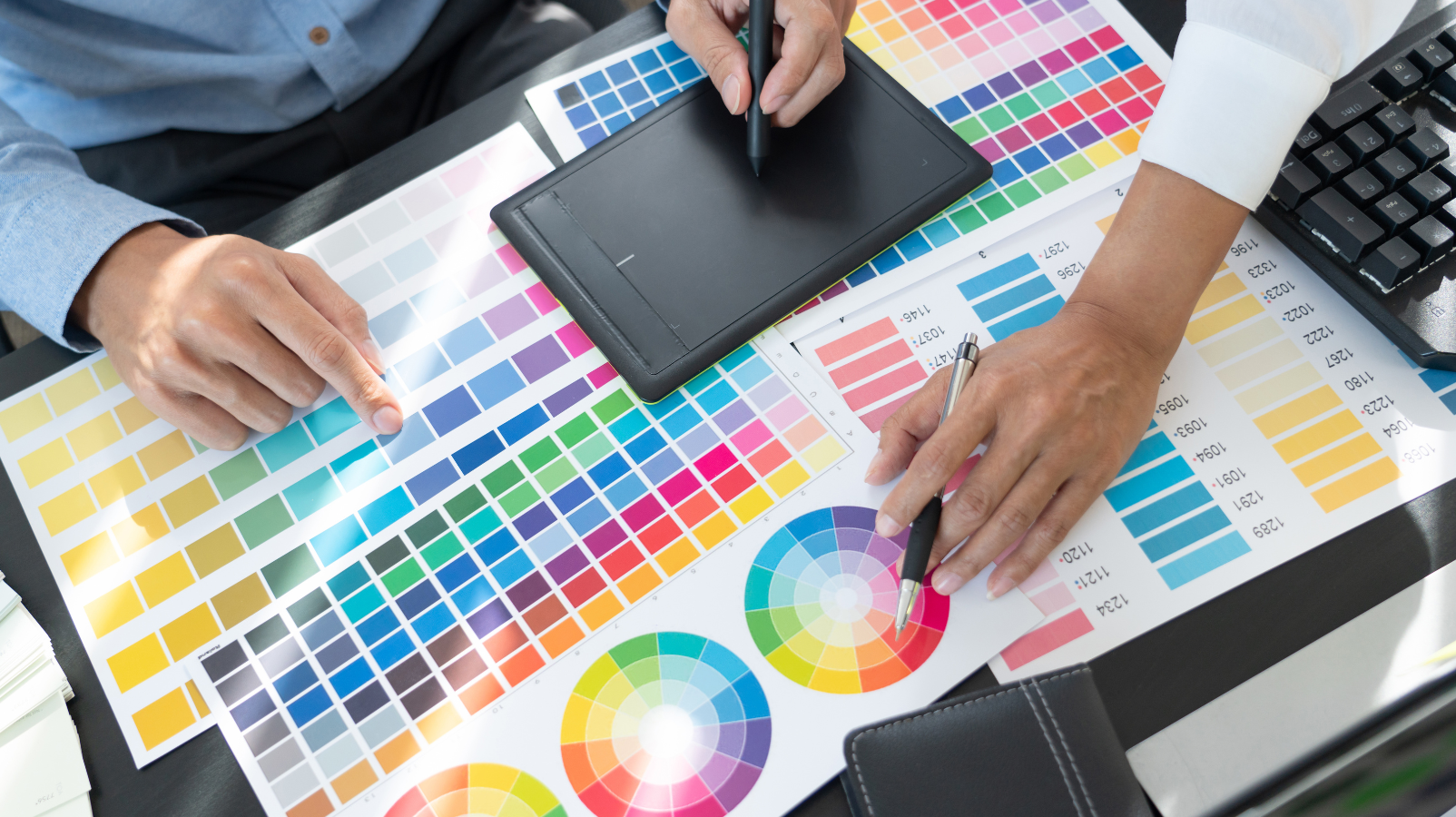Welcome to this article! Today, we are going to explore and demystify the key concepts of user experience design, more commonly known as UX design. As a UX enthusiast, I'm excited to delve into the essence of what makes a truly meaningful and efficient digital experience. So, if you've ever asked yourself, "What are the 5 key concepts of user experience design?" then I encourage you to join me on this journey. Together, we will unpack each pillar to gain a deeper understanding of how they elevate any user experience.
The Importance of Usability in UX Design
As we delve into the world of user experience design, we cannot neglect the crucial role of usability. In essence, usability is the foundation upon which all UX design concepts stand. By making products intuitive and easy to use, usability directly influences user satisfaction, retention, and overall success.
Usability encompasses a variety of aspects, such as efficiency, learnability, and error prevention. For example, an efficient design allows users to accomplish their desired tasks with minimal effort and time investment. Meanwhile, learnability refers to how quickly and easily users can learn to navigate and interact with a product.
Error prevention is another critical component of usability. By anticipating potential user mistakes and designing systems to mitigate them, products become more reliable and frustration-free. This attention to detail ensures that the user experience remains positive throughout their interaction with the product.
One practical approach to improving usability is through the implementation of user-centered design practices. By placing users at the heart of the design process, their needs and desires can be better understood and catered to. This approach often involves researching the target audience, creating empathy maps, and enabling iterative design processes that involve continuous user feedback.
Including usability as a key factor in UX design is vital for the long-term success of any product. An optimized, user-friendly interface can lead to higher engagement rates, greater customer loyalty, and ultimately, a better overall user experience.

Functionality: The backbone of user experience
When it comes to user experience design, functionality serves as the crucial backbone that supports all interactions with a product. Functionality directly impacts a user's ability to efficiently and effectively complete tasks, which ultimately determines their satisfaction and loyalty to the product or service.
Understanding functional integrity
Functional integrity refers to the seamless and cohesive functionality of a product or system, where all parts work together harmoniously. A well-designed system with high functional integrity provides a sense of reliability and trust, which are essential to the overall user experience. By ensuring that every component and feature of a product functions effectively and efficiently, designers can create a more enjoyable and satisfying experience for users.
Anticipating user requirements
One important aspect of creating a user-centered design is the proactive approach of anticipating user needs and requirements. This involves conducting thorough research and analysis to understand the target audience and their expectations thoroughly. In doing so, designers can ensure that the product not only meets but exceeds user expectations, ultimately leading to a more successful and engaging product.
Prioritizing features that matter
With a solid understanding of user requirements and expectations, designers can begin the process of identifying and prioritizing the features that bring the most value to users. This involves a careful assessment of each feature's potential impact on the overall user experience and an understanding of the core objectives and goals of the product. By focusing on the most critical features, designers can create an optimized and goal-oriented experience that delivers maximum value to the user.
In conclusion, functionality plays a vital role in user experience design, acting as the backbone that supports all user interactions with a product. By focusing on functional integrity, anticipating user requirements, and prioritizing features that matter, designers can create a more satisfying and successful user experience.
Visual Aesthetics: More than just eye candy
In the realm of user experience design, visual aesthetics often take center stage, drawing the attention of users and leaving a lasting impression. But the role of visual aesthetics in UX design goes well beyond just being attractive. It includes aspects such as clarity, branding, and evoking emotions, all of which contribute to the overall perception of a product.
Users associate a visually pleasing design with trustworthiness and credibility. For instance, the clean design of Apple products showcases the company's commitment to minimalism and sophistication, and this has become an important part of their brand identity. UX designers can harness the power of visual aesthetics by incorporating elements that convey the desired brand message and evoke the emotions they want the users to associate with their product or service.
One essential attribute of visual aesthetics in the context of UX design is clarity. A well-designed interface should be easy to navigate, without forcing the user to spend much time discerning its structure or the meaning of different elements. In addition to the strategic use of colors, typography, and layout, employing appropriate white space can significantly improve the clarity of a design. As UX designers aim for optimal readability, an intuitive layout with a clear visual hierarchy enables users to quickly locate the information they need and efficiently interact with the product.
The engaging visual nature of UX design also has the power to inspire emotions in users. By leveraging color psychology, designers can evoke emotions such as excitement, tranquility, or professionalism. Consider the calming blue tones often seen in the user interfaces of banks and financial institutions, as their primary function is to reaffirm trust and stability to the users.
Ultimately, visual aesthetics contribute significantly to creating a user experience that not only captures users' attention but also enhances their engagement with the product. As part of an effective UX design strategy, designers should consider visual aesthetics as a crucial element that plays a much larger role than being just eye-catching - it's a factor that shapes the entirety of users' interactions with a product, solidifies a memorable brand identity, and leaves a lasting impression.

User-Centered Design: Empathy leads the way
In the world of UX design, a strong user-centered design approach sits at the core of successful digital products. Empathy, the ability to step into the shoes of your audience and see the world through their eyes, is a crucial ingredient for identifying their real needs and wants, allowing designers to create solutions tailored specifically for them.
Researching your audience
Thoroughly researching your audience is an essential step in the user-centered design process. A variety of methods can be employed for gathering insights, such as:
- Surveys
- Interviews
- Focus groups
- Observational studies
- User testing
By using different research techniques, designers can learn detailed information about their users' demographics, preferences, pain points, and goals – all of which help to inform more meaningful and impactful design choices.
Also Read
Key Factors in Mobile User Experience
5 key benefits of web development services for online businesses
Building Trust: The Power of Brand Familiarity
Design with user feedback
One of the best ways to improve and refine user-centered designs is by incorporating user feedback into the design process. This not only ensures an empathetic approach but also fosters an adaptive and responsive design strategy. Here are some ways to incorporate user feedback into your UX design:
- Conduct usability testing with real users to identify potential issues and areas for improvement.
- Encourage users to provide feedback through in-app prompts, email surveys, or direct communication channels.
- Use website analytics to identify user behavior patterns and potential pain points that might not surface in verbal or written feedback.
- Regularly iterate on your design, making adjustments and refinements based on user feedback and incorporating new insights as they emerge.
By continuously engaging with users and incorporating their feedback into your design, you'll create a more polished and gratifying user experience that anticipates and addresses user needs with empathy and precision.

Interactivity and Engagement: Creating a dynamic user experience.
As a designer, my goal is to create experiences that are not just visually appealing but also highly engaging and interactive. These elements are critical for a dynamic user experience, transforming users from passive observers to active participants in their product journey. Let's explore how interactivity and engagement play a crucial role in shaping a compelling and memorable user experience.
Interactivity is the degree to which a user can interact with a product. It's about more than just providing clickable buttons; it's about creating engagement at every step of the user journey. This can be achieved through various means, such as animation, feedback, and personalized content that adjusts based on user input. By ensuring smooth and meaningful interactions, we, as designers, can establish a sense of connection between a user and a digital product.
Engagement, on the other hand, relates to the emotional investment a user has in a product. By creating a sense of attachment, the likelihood of users returning to the product increases, leading to improved user retention and satisfaction. Elements like storytelling, gamification, and rewards can heighten engagement, submerging users into the product world and encouraging them to explore new features and functionalities.
Interactivity and engagement are intrinsically connected, complimenting one another in facilitating a dynamic user experience. By blending these two aspects seamlessly, we can capture users' attention and elicit ongoing loyalty, leading to a product's overall success. As designers, we must prioritize maximizing the synergy between interactivity and engagement, paving the way towards outstanding user experiences that resonate both functionally and emotionally.
Conclusion
In this article, we explored the 5 key concepts of user experience design, delving into their importance in creating meaningful and effective digital products. From the foundational aspect of usability to the crucial roles played by functionality and user-centered design, we discovered how these principles shape the overall user experience. In addition, we examined the significance of visual aesthetics and interactivity in crafting engaging and dynamic digital experiences.
Applying these design principles in your projects will undoubtedly result in enhanced user satisfaction and greater product success. Remember that a well-designed product is not just visually appealing but also offers a seamless and intuitive experience, meeting and exceeding user needs.
As you embark on your next design project, keep these key concepts in mind and let empathy guide you towards creating a positive and impactful user experience, ultimately driving your product to new heights of success.
FAQ
What are the 5 key concepts of user experience design?
The 5 key concepts of user experience design are usability, functionality, visual aesthetics, user-centered design, and interactivity and engagement. These concepts work together to create meaningful and efficient digital experiences for users.
How does usability contribute to user satisfaction and product success?
Usability is fundamental to the user experience as it ensures that products are intuitive and easy to use. When users can easily navigate and interact with a product, they're more likely to be satisfied and continue using it, which ultimately contributes to the product's overall success.
Why is functionality considered the backbone of user experience?
Functionality is crucial in UX design as it provides the necessary support for all interactions with the product. Achieving functional integrity, anticipating user requirements, and prioritizing features that matter are all essential to creating seamless, reliable, and goal-oriented experiences for users.
How do visual aesthetics play a role in user experience beyond just appearance?
Visual aesthetics are more than just about making a product visually appealing. They also contribute to user experience by providing clarity in design, reinforcing branding, and eliciting emotions from users. Strong visual aesthetics can enhance a user's perception of a product and its overall value.
What is user-centered design and why is empathy important in this approach?
User-centered design is an approach that focuses on understanding and addressing the needs and wants of the users. Empathy is essential as it helps designers create tailored solutions based on users' specific preferences and expectations. This can lead to more informed and effective design decisions, ultimately resulting in better user experiences.
How do interactivity and engagement contribute to a dynamic user experience?
Interactivity and engagement allow users to become active participants in the product journey, making the experience more dynamic and immersive. This can lead to a stronger connection between users and the product, ultimately increasing satisfaction, loyalty, and overall product success.






















